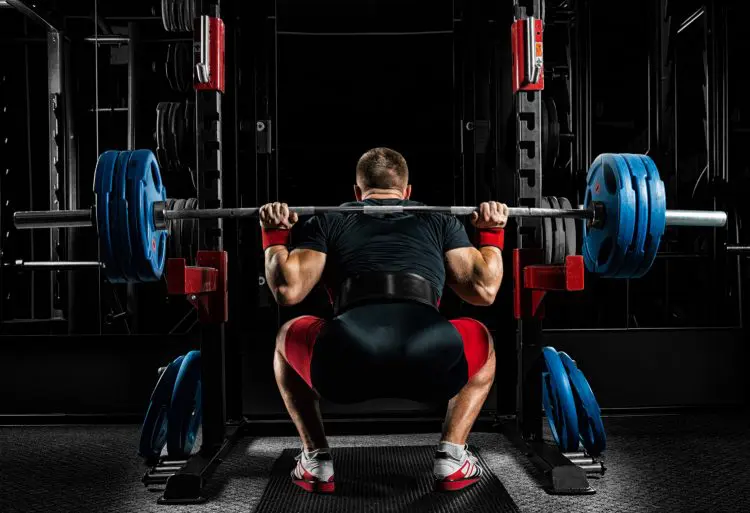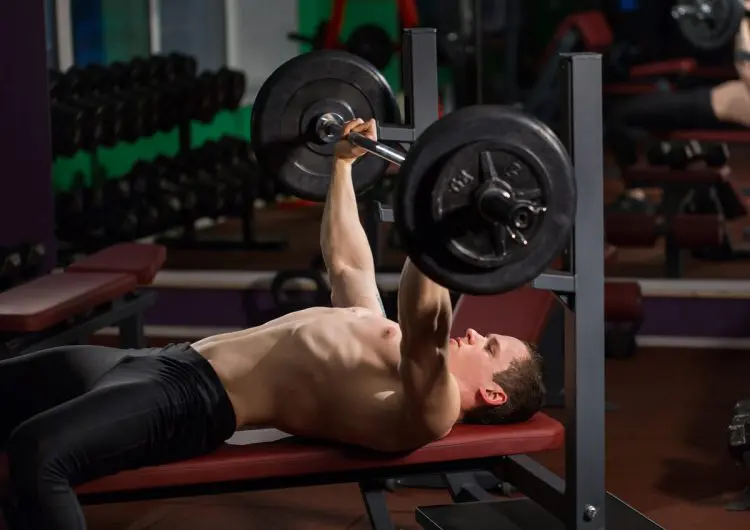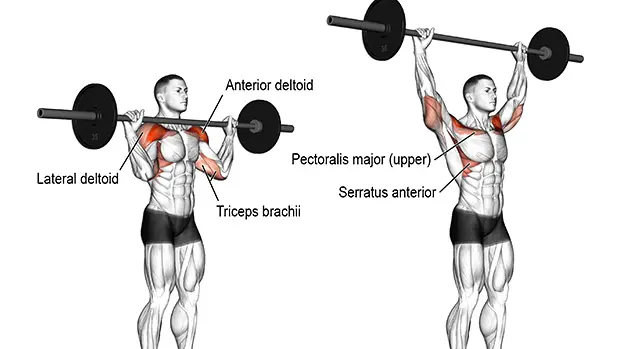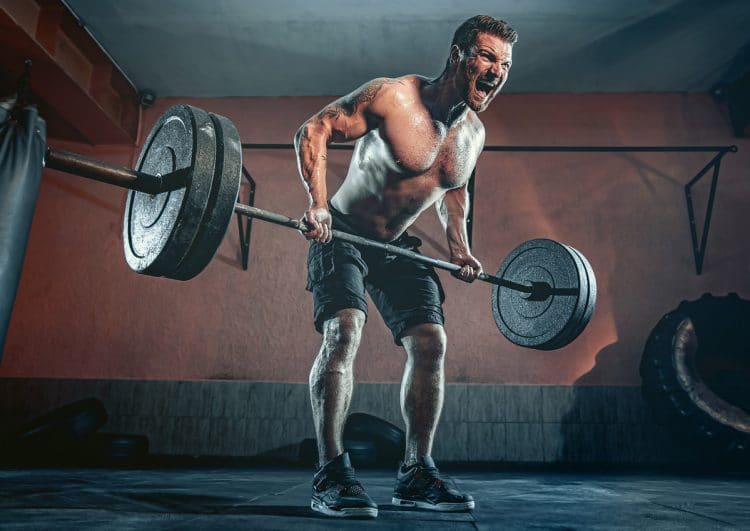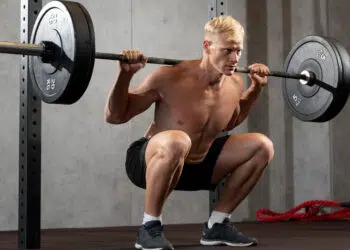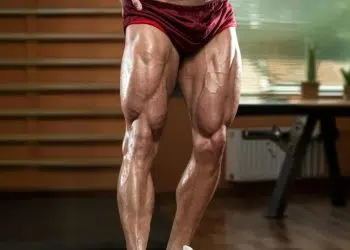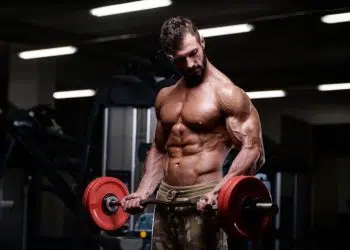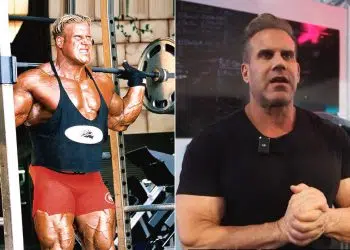Squats, bench presses, deadlifts, and many more of the big, compound exercises are on everyone’s to-do list of required exercises. If muscle and strength is on the agenda, then you must include this exclusive list in your training program. Right?
And who can argue? If you take a look at the big, strong physiques in bodybuilding, powerlifting, and strongman circles you’ll see some familiar trends. Want big legs? You have to squat. Want to press more weight? You had better bench press and shoulder press. Want a huge, powerful back? Deadlifts are the go-to all day.
But we all aren’t built the same and we all have our subtle nuances that make us unique. Shorter limbed lifters are better pressers as opposed to longer limbed trainers being better pullers. Additionally, a taller individual has a pretty tough time effectively squatting while others may have creaky knees, sore elbows, and/or cranked shoulder joints.
Advantages of compound exercises
Now, there are good reasons why these moves are so coveted. First, they involve the most muscle mass. A bench press, for example, involves the pecs, shoulders, triceps along with stabilizing muscles such as lats, traps, and abs. The squat basically activates the entire lower body including the lower back, chest, and most of the back.
All-in-all you get the most bang for your buck. Secondly, these moves provide the most potential for increases in strength. Think bench press versus pec fly. The bench press will allow you to move the most weight while the fly is more of an isolation exercise requiring more concentration, but significantly less weight.
Related: The Best Compound Exercises.
Level Up Your Fitness: Join our 💪 strong community in Fitness Volt Newsletter. Get daily inspiration, expert-backed workouts, nutrition tips, the latest in strength sports, and the support you need to reach your goals. Subscribe for free!
Let’s take a look at some of the more popular must-do exercises and how we can find alternate, but just as effective versions to pack on more muscle.
Back squat
Problem:
Maybe you’re a taller lifter that simply can’t squat comfortably. Or maybe you have bad knees or a compressed disk or two in your lumbar. Traditional squats, even though highly effective, can easily become someone’s achilles heel.
If you’re not comfortable doing an exercise how on earth will you ever become proficient at it? Forget more muscle, you can’t even perform a bodyweight squat correctly.
Solution:
First on the agenda would be to stretch and mobilize your ankles, knees, and hips. For many, the lack of range of motion is the culprit. If that isn’t the problem then let’s look at some alternatives. Unilateral movements are king for the taller trainer. Think Bulgarian split squats, pistol squats, and weighted lunges. You may be thinking that these may not provide an adequate amount of resistance, but you’d be wrong.
Try holding a pair of dumbbells for the Bulgarian split squat and lower and raise your upper body slowly to avoid locking out your knees for 10 or more reps. Other alternatives include front squats, Smith machine squats, and goblet squats.
Read also: Back Squats Or Front Squats: Which Builds More Muscle And Strength?
Bench press
Problem:
You’d be hard pressed to find any lifter who didn’t complain of shoulder pain in some form or another while performing the bench press. From pec strains to rotator cuff tears the bench press has become the ultimate mistress. We know it can be bad for us, but we do it anyway.
But do we just throw away one of the most effective compound moves of all time? Are we simply relegated to have tiny pecs for the rest of our days?
Solution:
Other than competitive powerlifting reasons there are many, more effective ways to stimulate chest growth. From an all dumbbell program to incline work to subtle set-ups for better shoulder health, the pecs can gain from many other angles. Try pre-exhausting the pecs by starting with dumbbell or pec deck flys, start every chest workout with dumbbells and perform every rep slow and controlled, or try a slight decline instead of a flat bench to take the stress off the shoulders.
If you’re still stuck on including the barbell bench press try tucking your elbows into your sides as to reduce opening the shoulders to injury.
Deadlift
Problem:
Another challenge for the taller lifter is the deadlift. Touted as the granddaddy of lifts and one of three of the principle powerlifts, it has a ton of potential to add power, strength, and mass to any physique. But, what if you’ve got a few compressed disks? What about the lift never really feeling comfortable no matter how you try to shore up your form?
Level Up Your Fitness: Join our 💪 strong community in Fitness Volt Newsletter. Get daily inspiration, expert-backed workouts, nutrition tips, the latest in strength sports, and the support you need to reach your goals. Subscribe for free!
Does it leave you sore for days in the wrong way? Does it affect other lifts such as your squat performance in a negative way?
Solution:
Of course there are many alternatives available for the deadlift. Try rack deadlifts where you set the safety rails of a power rack just below the knees for a shorter range of motion. This will also take out the extreme range of motion needed from lifting from the ground. Using a trap or hex bar is another way to lessen the strain on the lower back.
Sumo deadlifts, using a wide stance and holding a dumbbell between your legs is another great alternative for saving your spine.
Overhead press
Problem:
The overhead barbell press is a staple for all types of lifters. From bodybuilders to competitive weightlifters, the overhead press not only packs on the mass and increases strength, it also has real world application. But as with the flat bench press, many reap injury from years of hoisting heavy weight.
From shoulder twinges to lower back strain this lift can also be the bane of a lifter’s program.
Solution:
It’s tough to replace such an effective mass builder, but many of us need the shift if we are to have any longevity in the gym. In the long-term, dumbbell work might become your new best friend regarding shoulder day. Seated and standing dumbbell presses are the obvious choice.
Need more comfort in your shoulders? Go with a more neutral grip (hands facing each other, while you press. This closes the shoulder joint protecting it from potential injury.
Barbell row
Problem:
It’s now commonplace to see individuals perform barbell rows much like an upright row; standing almost straight up, jerking the weight up. Cleaning up your form should be the first order of business. Lighten the load, bend at the hips, and pull into your belly button. If this still tweaks your back or strains your neck, why keep doing it? There are plenty of ways to stimulate your back effectively.
Solution:
If lightening the load and greater mobility don’t do the trick then some alternatives are in order. Other than dumbbell rows and cable rows many, more challenging options still exist. T-bar rows, one arm T-bar rows, dumbbell rows with your chest braced on a bench, and one arm cable rows are just a few to try.
Another important thing to do is learn how to pull with your back instead of your arms. To do this imagine there are ropes or cables attached to your elbows. Using your hands only as hooks, pull with your elbows and squeeze your shoulder blades together.
Of course this will require you to lower the amount of weight you lift, but rest assured, it’s guaranteed to stimulate more muscle growth in your back.
Pullup
Problem:
Isn’t it funny that there are those who can deadlift near a half ton of weight, bench press over 500 pounds and squat a house, but can’t perform a single bodyweight pullup? It begs the question: what is strength really? Many have the deep desire to be able to do a pullup or two, but never make the attempt.
Hauling your own bodyweight straight up is a real feat of strength and one you should learn.
Solution:
If you find yourself unable to lift your body toward the pullup bar some training wheels are in order. First, think of your pullup routine as a total number versus individual sets.
For example, choose a number for the day such as 20 or 30. You will perform as many sets as it takes to reach 20 or 30 reps. Next, use bands. Loop a band over the pullup bar and place your feet into the bottom end. Be sure to use slow and controlled movement as the bands can have a slingshot effect.
Over time graduate from a heavy band to a lighter one as you gain strength. Additionally you’ll start to see other back exercises increase as well.
In closing
There are just as effective alternatives to the “necessary” exercises. It just takes a little shift here and there to make them custom to your specific needs. Don’t think of these exercises as inferior or auxiliary. Find your groove, reduce pain and discomfort, and finally get moving on your muscle gains. It just might be a tweak away.

